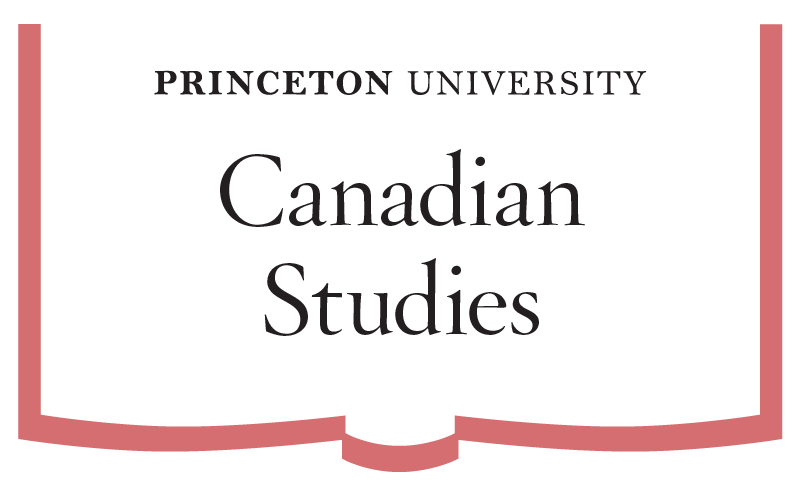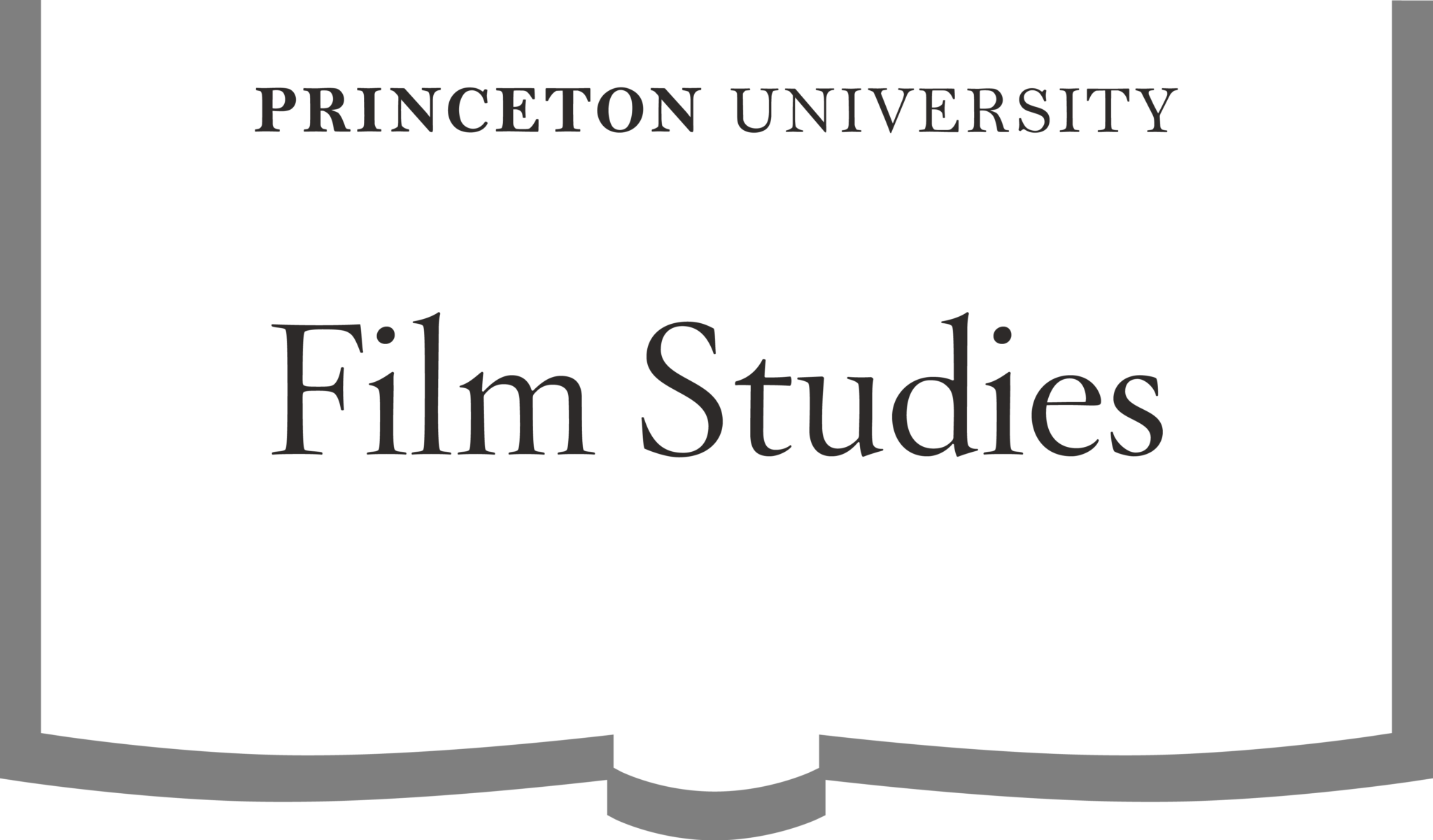Jenna Spitzer ’17 majored in Philosophy with certificates in humanistic studies, values and public life, and environmental studies. She took part in Humanities Council programs including the Humanities Sequence, Behrman Undergraduate Society of Fellows, and Humanities Mentors. She will be working for City Year in the fall.
How did your interests in the humanities and environmental studies begin?
My interest in the humanities came from an interest in asking questions that I found very demanding and confusing. And my interest in the environmental aspect came as an offshoot of that curiosity, because you can’t answer a question about who we are and how we should live without questioning the relationship between a person and his or her environment.
How has your work in the humanities informed your work in environmental studies, and vice versa?
At this particular point in time, there are very practical applications of the humanities as a result of asking these questions about the environment, because there are things we need to do with respect to the environment. That makes the work in the humanities feel very substantial, because you can see the way that it leads to conclusions that should alter our everyday lifestyles. Studying the environment allows me to see how much we need to change about our habits, in order to reach the ideals that are found in humanistic inquiry.
There are implications at the personal, institutional, political, and international levels. For instance, at a personal level, I think there’s a reason why a lot of people who take Professor Singer’s Practical Ethics course end up not eating meat. Partly, those reasons come from the suffering of animals. I also think a lot of it comes from knowledge of the environmental impact, which has consequences both for animals and for humans.
And for an example of an institutional application, this inquiry raises questions about waste. How much does Princeton as an institution tax the environment based on the amount of resources it consumes and has at its disposal? We also need to question the way Princeton understands what it’s teaching its students, what values it’s providing to its students in the process of a four-year education, how much students are gaining in awareness about the impact of their lives on their environment and their social space. During my time at Princeton I saw the University become more aware of these questions and its role in imparting environmental awareness and the concept of global citizenship in its students. The Environmental Nexus course is a good example of the additional attention being provided to this topic.
You took Interdisciplinary Studies in the Humanities (HUM 470 / ART 470 / AMS 470 / ENV 471) – Revisiting Nature’s Nation – An Ecocritical History of American Art in your sophomore year. How did the course equip you to analyze art and the environment?
It provided a very specific and unique vantage point for considering art, because it was all about the ecocritical perspective on art, looking at art and using it as a medium for understanding the relationship between humans and their environments at the time of the work’s creation. That was just something I had never thought about when looking at art before. And this practice also influences how you see in your daily life, because it creates a critical lens to see around you, not just in art, how behaviors reveal the relationship between people and their environment.
You can see in your environment exactly the same sort of dynamics and uses of materials that we were analyzing in specific pieces of art.
You helped launch ENV 327: Investigating an Ethos of Sustainability at Princeton in your junior year. What did the class teach you about the link between ethics and solutions to sustainability challenges on campus?
We were hoping that the course would provide an opportunity for students to get involved in the campus planning initiative and consider how the University could operate in a way that reflects the values of the institution and instantiate them. It was really cool because we had students trying to reflect on what the values of the University are, and how those values should translate into very concrete applications in the 10-year plan. We then proposed our analysis to the University, saying, “If you have these values, this is how they would apply in these circumstances, and we want to hold you accountable to them.”
The course taught me that it is hard as individuals and institutions to live up to moral ideals because there are so many decisions we have to make and so many consequences we need to consider. We’re used to thinking, “Is this going to hurt my friends and family?” But we’re not used to thinking, “Is this going to have broader, more subtle impacts on my environment? Am I going to be sustaining an industry that I know is harmful?” The university has millions of decisions that it makes every day, and particularly in the planning process, it is hard to remain consistent with a defensible moral framework. However, this course has also taught me that as individuals and institutions we can live up to our ideals; they are action-guiding, so if you follow through with the logic of your ideals, they can help you figure out what you should do when it comes to which types of chairs to put in classrooms or from where you should source your energy.
You studied environmental humanities during your junior spring abroad at Oxford University. How did that experience change your perspective?
Yes, I took a course called The Ethics and Economics of the Environment. That was a very interesting course, especially from a HUM perspective, because it was so interdisciplinary. We were looking at the way the environment is valued in economics. What was really useful for me in that class was the opportunity to consider the economic approach. In philosophy, we talk about welfare and well-being, and in economics, you have equations to quantify those concepts, which completely shocked me. In philosophy, we still debate what the concepts mean, but in economics you can take different equations to quantify these concepts in order to include them in a cost-benefit analysis. Well-being seems impossible to quantify, but policy decisions are being based off of these analyses, so if you don’t trust the ability of the equation to represent something’s value, then you also lose confidence in the policy. At the same time, we need some method to make informed decisions, and quantifying well-being may be the best option. The class helped demonstrate how challenging it is to make policy decisions on a large scale when the effect is so huge and there are so many different variables to consider.
How did your independent work explore environmental ethics and ways that humans understand themselves in relation to their environments?
In my thesis, I looked at personal identity, and the nature of identity in general. To tie my thesis to environmental ethics, I considered how a revision in our understanding of identity could implicate our relationship with the environment – in other words, could it change someone’s way of interacting with the environment? My first Junior Paper also looked at the inclusion of non-sentient life in utilitarian calculus, as I was questioning the ability of utilitarianism to distinguish between significant moral agents based on sentience. Obviously, if you’re only including sentient beings as moral agents, you’re not going to consider plant life in your decision-making and you end up instrumentalizing a lot of nature. I’m not sure after writing that JP if I’m convinced of the argument I was trying to make, but it was a really interesting exercise in considering where there is value in our environment, and how we can and should understand that value.
Why is the intersection of the humanities and environmental studies important and relevant today?
A lot of people recognize that humans are in a very precarious situation with respect to the global climate, and the responsibility to address that situation falls, I think, on everyone, and not just on scientists. Scientists have done their job and presented the facts to society. But there is still immense pushback, in part because there hasn’t been equivalent work in the humanities and in other aspects of our intellectual life about what the environment is, how significant it is to our lives, and what would happen if we were to have an influence on our environment that were unsustainable.
What do you consider the most promising area for research in environmental humanities?
Like the ecocritical approach to art, you could take a similar approach while looking at literature. Professor Melissa Lane has an amazing book called Eco-Republic that demonstrates how we can learn about the relationship between humans and the environment from works that might not appear at first relevant to the topic, like Plato’s Republic. Maybe this approach could become a more central, common way of analyzing literature and learning from the great works that we already study in the humanities.
I think we could look beyond Western literature to learn the ways other cultures over time have understood the environment and their relationship to it.
Beyond Princeton, how do you hope to explore questions at the nexus of the humanities and sustainability?
I hope to explore them with students. I’ll be working next year for City Year as an assistant in a public school classroom. My hope would be that this sort of inquiry would take place at all ages, in all sorts of classrooms, all over the country, and the institution I’d be a part of would foster opportunities for its students to think about these questions. I’d love to be there for that.
What advice would you give Princeton students interested in bridging the humanities and environmental studies?
I would advise them to be proactive about getting in touch with the Office of Sustainability and faculty who already have an established interest. There’s so much energy rising in this field in Princeton, and if students bring ideas to the table that could be productive for the students and the institution as a whole, resources would be there to turn those ideas into realities.
Interview by Ruby Shao ’17













